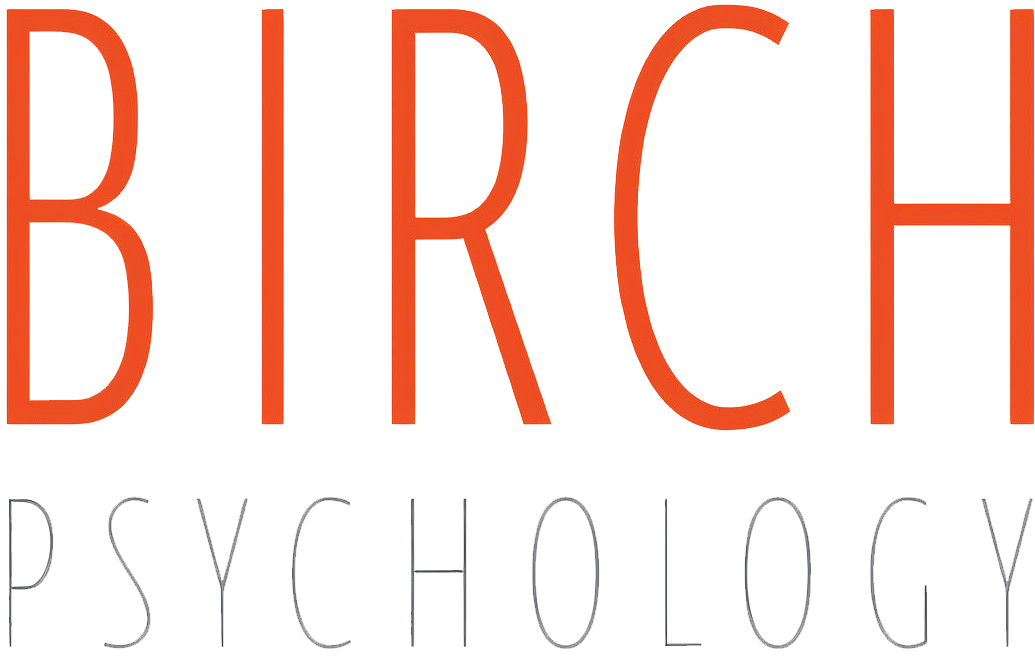Group Therapy: You Don't Have To Go it Alone
What do you think of when you hear the word “therapy?” What kind of setting do you picture? Chances are high that you probably picture two individuals across from each other talking. While that can be what therapy looks like, it doesn’t always have to look like that. Group therapy can often provide certain benefits that you don’t get from individual therapy.
While set up quite differently than individual therapy, with the number of people within a group therapy session being anywhere from four to 15 or more individuals, with there being usually five to 15 patients and one or more therapists. And just like individual therapy, there are a number of different types of group therapy. There are cognitive behavioral therapy (CBT) groups, where individuals talk about identifying and challenging certain cognitions, thinking patterns, actions, etc. Interpersonal groups center around support from those around you and your interpersonal relationships. Psychoeducational groups inform individuals about the disorders they may have and offer suggestions on coping methods. Skill development groups are just how they sound: groups about improving the skills, especially social skills, of those who have certain disorders or disabilities. Lastly, there are support groups, which offer individuals and their families the space to meet with and talk to others in the community who might be going through similar experiences. If you are interested in seeing what a group therapy session is like in a visual example, the first link in the resources section below leads to a video of a Dialectical Behavioral Therapy (DBT) skills group.
Some of these groups are open, and some are closed. In groups that are closed, individuals who are in that group start knowing that they are going to be in this specific group for a designated period of time, and no new individuals may join that group. In open groups, anyone who is new is able and allowed to join at any point. Both types, however, often prove to be more helpful than people originally think, as they often result in the lessening of symptoms after attending a session. Group therapy has been used to treat a myriad of different mental health conditions such as ADHD, depression, eating disorders, panic disorder, specific phobias, generalized anxiety disorder, PTSD, bipolar disorder, and substance use disorder. CBT specific groups have often been found to help individuals cope with things such as divorce, domestic violence, grief, chronic pain, chronic stress, chronic illness, and more.
In addition to all of these benefits, group therapy is often much cheaper than attending individual therapy, which makes it much more accessible. And combined with the benefits gained from being able to connect and speak with others who share similar lives and/or experiences, group therapy is something that can be an incredible space to share in. Not to mention that there are often a fairly large number of group sessions happening all over the place, with some even happening online, if you find the flexibility of online groups more appealing to you. We also offer a number of groups at Birch, a list of which you can find through the second link in the resources section below.
No matter how one wishes to engage in group therapy, one thing is for certain: you won’t be going it alone!
Ayanna Schubert
Birch Psychology
Resources
https://www.youtube.com/watch?v=LiBQLnnPQD8
https://www.birchpsychology.com/group-therapy
https://www.verywellmind.com/what-is-group-therapy-2795760

